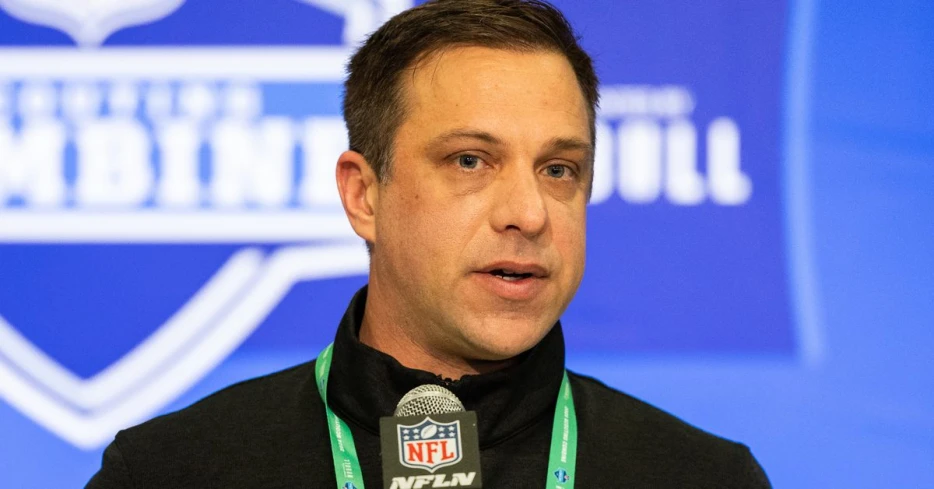
 Arrowhead Pride
Arrowhead Pride
The case for why Kansas City is sitting especially pretty this year heading into the NFL Draft.
The goal of any NFL team is to build a sustained contender that gives you the most chances to win a Super Bowl championship (or multiple championships). Teams build their rosters with the intention of prolonging their windows, and with enough chances, you eventually will have the right bounces to get over the top.
However, the NFL builds competitive balance checks to ensure that keeping a window open is as difficult as possible. Mechanisms like the salary cap and reverse draft ordering limit teams’ abilities to keep their windows open for as long as they would desire.
Reverse draft ordering is the most effective way of achieving competitive balance. History tells us that with the NFL Draft, the talent pool starts to drop off after pick 15 to 20 (on average). This means that contenders typically struggle to get in range to take blue-chip players at premium positions.
The Chiefs have encountered this issue since 2018, when their contending window first started. By being one of the last four teams remaining annually, they’ve rarely been in good enough draft position to get in the range to select a blue-chip prospect.
The last two drafts are good examples of this.
Going into the draft, the consensus need for the Chiefs was left tackle. It was an incredibly strong tackle class with Joe Alt, J.C. Latham, Tailese Fuaga, Troy Fautanu, Amarius Mims and Olu Fashanu as first-round picks. The problem? All were gone by pick 20. With the Chiefs at No. 32, they would’ve had to surrender significant draft capital to trade up. The Chiefs were selecting from a limited talent pool after the first round, which led to Kingsley Suamataia. He has not shown to be a solution at left tackle.
2023’s roster didn’t have as many precise needs, but players that would’ve been good fits were unavailable. Wide receivers such as Jordan Addison, Zay Flowers and Jaxon Smith-Njigba went 20-23. Offensive tackle Anton Harrison went 27. By the end of the first round, the Chiefs were left looking at defensive end as the best convergence of need and talent. They took Felix Anudike-Uzomah at No. 31, which hasn’t worked so far. To add insult to injury, Nolan Smith — a better prospect — went a single selection earlier.
The counterexample to 2023 and 2024 is the 2022 draft. The Chiefs used the draft capital from the Tyreek Hill trade to move up for cornerback Trent McDuffie, who was one of the best prospects in the class at a position of need. By wielding a large bag of picks, paying a premium to move up and get a blue-chip player was justifiable.
Unfortunately, that’s not a reality Kansas City can rely on. They can’t go into every year with 10-plus picks and five to six top-100 picks. They either...